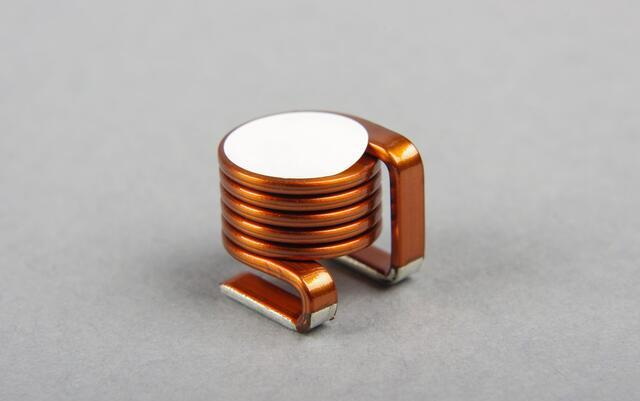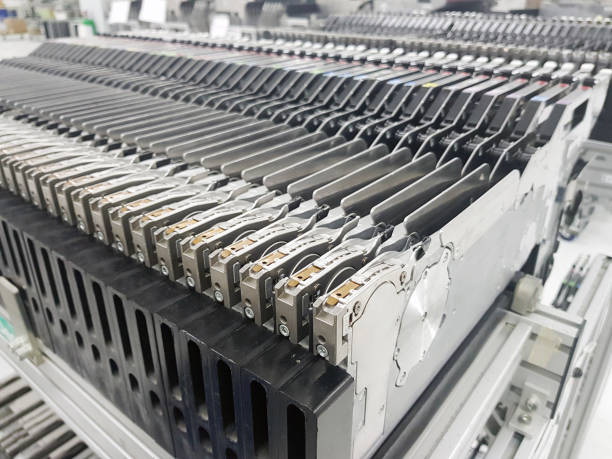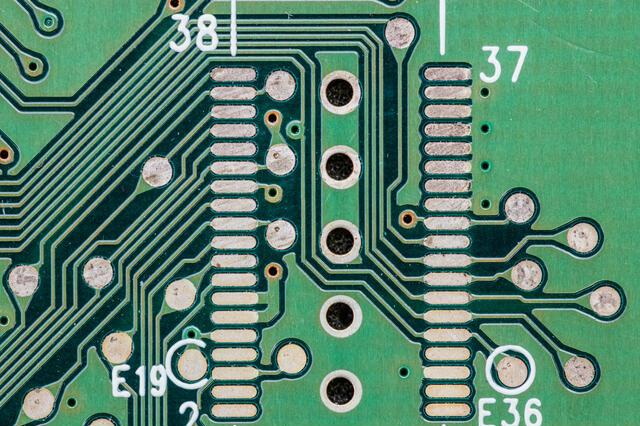Content Menu
● Understanding SMT Components
>> Types of SMT Components
● The Importance of Component Placement
● Factors Influencing Component Placement
● Enhancing Durability Through Optimal Placement
>> Mechanical Stability
>> Thermal Management
>> Electrical Performance
● Best Practices for SMT Component Placement
● Case Studies Highlighting Successful SMT Component Placement
● Future Trends in SMT Component Placement
● Conclusion
● FAQ
>> 1. What are SMT components?
>> 2. How does component placement affect thermal management?
>> 3. Why is mechanical stability important in SMT?
>> 4. What best practices should manufacturers follow for component placement?
>> 5. Can you give examples of industries benefiting from optimal SMT component placement?
Surface Mount Technology (SMT) has revolutionized the electronics manufacturing industry, allowing for more compact designs and improved performance. One of the critical aspects of SMT is component placement, which plays a significant role in enhancing product durability. This article explores how proper SMT component placement contributes to the longevity and reliability of electronic devices.
Understanding SMT Components
SMT components are electronic parts that are mounted directly onto the surface of printed circuit boards (PCBs). Unlike traditional through-hole components, SMT components do not require drilling holes into the PCB, which allows for a denser arrangement of components. This technology has several advantages, including reduced size, weight, and production costs.

Types of SMT Components
There are various types of SMT components, including:
- Resistors: Used to limit current flow and divide voltages.
- Capacitors: Store electrical energy temporarily and help in filtering applications.
- Inductors: Used in power supply circuits and for filtering signals.
- Integrated Circuits (ICs): Complex devices that can perform various functions depending on their design.
- Diodes: Allow current to flow in one direction only and are used for rectification.
Each type of component has specific placement requirements that can affect the overall performance and durability of the final product.
The Importance of Component Placement
The placement of SMT components is crucial for several reasons:
- Mechanical Stability: Proper placement ensures that components are securely attached to the PCB, reducing the risk of mechanical failure due to vibrations or shocks.
- Thermal Management: Effective placement can help manage heat dissipation, preventing overheating and extending the lifespan of components.
- Electrical Performance: Correct positioning minimizes signal interference and improves overall electrical performance.
Factors Influencing Component Placement
Several factors influence how SMT components are placed on a PCB:
- Design Specifications: Engineers must adhere to specific design rules that dictate how close components can be placed to one another and their orientation.
- Manufacturing Processes: The methods used for soldering and assembling components can impact placement. For example, reflow soldering requires careful consideration of component placement to ensure even heating.
- Testing Requirements: Components must be placed in a way that facilitates testing and inspection during manufacturing.
Enhancing Durability Through Optimal Placement
Mechanical Stability
One of the primary ways that component placement enhances durability is by ensuring mechanical stability. Components that are placed too close together may experience stress during thermal cycling or mechanical shock. Proper spacing allows for expansion and contraction without causing damage.
Additionally, heavier components should be placed closer to the center of the PCB to minimize leverage and reduce the risk of solder joint failure. By strategically placing components based on their weight and size, manufacturers can enhance the overall mechanical integrity of the device.
Thermal Management
Heat is one of the leading causes of failure in electronic devices. When components generate heat, it must be dissipated efficiently to prevent damage. Proper placement can significantly improve thermal management by:
- Grouping Heat-Generating Components: By placing high-power components together, designers can create thermal zones that allow for better heat dissipation strategies, such as using heatsinks or fans.
- Maximizing Airflow: The arrangement of components can influence airflow within a device. Ensuring that there is adequate space between heat-generating parts allows cool air to circulate effectively.
- Using Thermal Pads: Placing thermal pads strategically between hot components and the PCB can help transfer heat away from sensitive areas.
Electrical Performance
The electrical performance of a device is also heavily influenced by component placement. Signal integrity is paramount in high-speed applications; therefore, minimizing trace lengths between components is essential.
- Reducing Inductance and Capacitance: By placing SMT components closer together, manufacturers can reduce parasitic inductance and capacitance, which can lead to signal degradation.
- Differential Pair Routing: For differential signals, maintaining proper spacing between pairs is crucial for maintaining signal integrity. Correctly placing these pairs on the PCB ensures that they are routed optimally.

Best Practices for SMT Component Placement
To maximize durability through effective SMT component placement, manufacturers should follow several best practices:
- Use Design Software: Advanced PCB design software can simulate various placement scenarios to identify potential issues before manufacturing begins. These tools often include features for thermal analysis, allowing engineers to visualize heat distribution across the board.
- Conduct Thermal Analysis: Performing thermal simulations during the design phase helps identify hotspots and allows for adjustments in component placement to mitigate heat issues. This proactive approach can prevent failures related to overheating during actual operation.
- Implement DFM Principles: Design for Manufacturability (DFM) principles should be applied to ensure that component placement considers assembly processes and testing requirements. DFM encourages designs that are easier to manufacture while maintaining high quality.
- Regular Testing and Feedback Loop: Establishing a feedback loop from testing phases back to design can help refine component placement strategies over time. Continuous improvement based on real-world data leads to better designs in future iterations.
Case Studies Highlighting Successful SMT Component Placement
Several companies have successfully implemented optimal SMT component placement strategies leading to enhanced product durability:
1. Consumer Electronics: A leading smartphone manufacturer redesigned its internal layout by optimizing component placement around heat-generating processors. This adjustment led to a significant reduction in overheating issues reported by users. By conducting thorough thermal simulations prior to production, they were able to identify critical areas where heat accumulation was likely.
2. Automotive Industry: An automotive electronics supplier improved the durability of its control units by strategically placing components to withstand vibrations experienced during vehicle operation. This resulted in fewer warranty claims related to electronic failures. They adopted rigorous vibration testing protocols during development, ensuring that placements could endure real-world conditions.
3. Medical Devices: A medical device company focused on improving thermal management by grouping high-power components together while ensuring adequate spacing for airflow. This design change increased device reliability under continuous operation conditions, particularly important in life-saving applications where failure could have serious consequences.
4. Industrial Equipment: An industrial automation company enhanced its control systems by optimizing component layout for both thermal efficiency and mechanical stability. By utilizing advanced simulation tools during development, they were able to predict potential failure points under operational stress conditions effectively.
5. Telecommunications: A telecommunications firm redesigned its network equipment with an emphasis on minimizing electromagnetic interference through careful component arrangement. This not only improved signal quality but also significantly increased product lifespan by reducing stress on sensitive electronic parts.
Future Trends in SMT Component Placement
As technology evolves, so does the approach toward SMT component placement:
- Miniaturization: The trend toward smaller devices continues, necessitating even more precise component placements. Innovations in microelectronics will drive further advancements in how components are arranged on PCBs.
- Automation in Manufacturing: The integration of robotics and AI into manufacturing processes will enhance precision in component placement while reducing human error. Automated systems will be capable of adjusting placements dynamically based on real-time data feedback from production lines.
- Sustainability Considerations: As environmental concerns grow, manufacturers will increasingly focus on sustainable practices in their designs and placements. This includes using materials that enhance durability while minimizing waste during production processes.
Conclusion
In conclusion, SMT component placement is a critical factor in enhancing product durability across various electronic applications. By ensuring mechanical stability, improving thermal management, and optimizing electrical performance through strategic placement practices, manufacturers can significantly extend the lifespan and reliability of their products. As technology continues to evolve, adopting best practices in component placement will remain essential for creating durable electronic devices capable of meeting consumer demands.

FAQ
1. What are SMT components?
SMT components are electronic parts mounted directly onto the surface of PCBs without requiring holes drilled into them. This technology allows for more compact designs and improved performance in electronic devices.
2. How does component placement affect thermal management?
Proper component placement enhances thermal management by grouping heat-generating parts together and maximizing airflow around them, thereby preventing overheating and extending product life.
3. Why is mechanical stability important in SMT?
Mechanical stability is crucial because it reduces the risk of failure due to vibrations or shocks during operation. Properly placed components ensure secure attachment to the PCB, enhancing overall durability.
4. What best practices should manufacturers follow for component placement?
Manufacturers should use advanced design software for simulations, conduct thermal analyses during design phases, implement DFM principles, and maintain a feedback loop from testing to design refinement.
5. Can you give examples of industries benefiting from optimal SMT component placement?
Yes! Industries such as consumer electronics, automotive electronics, medical devices, industrial equipment manufacturing, and telecommunications have seen improvements in product durability through strategic SMT component placement practices.




















